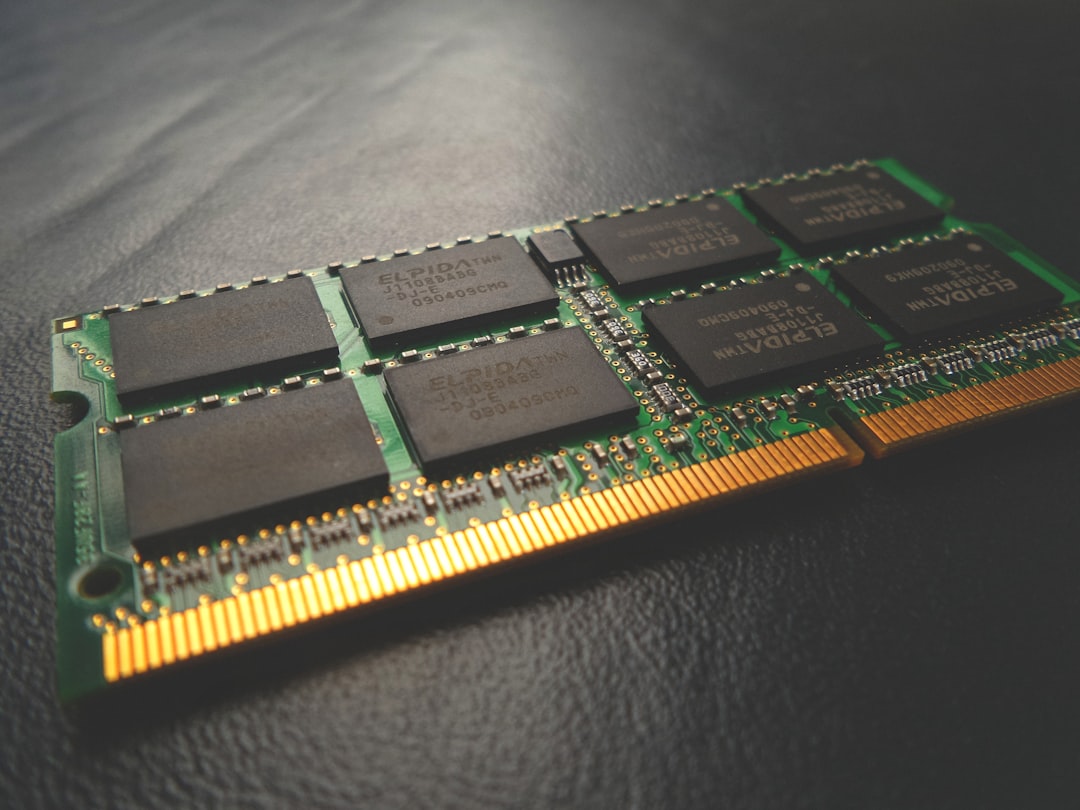What is it about?
In this study, we investigate the adsorption capability of molybdenum sulfide (MoS2)/thiol-functionalized multiwalled carbon nanotube (SH-MWCNT) nanocomposite for rapid and efficient removal of heavy metals [Pb(II) and Cd(II)] from industrial mine water. The MoS2/SH-MWCNT nanocomposite was synthesized by acid treatment and sulfurization of MWCNTs followed by a facile hydrothermal reaction technique using sodium molybdate and diethyldithiocarbamate as MoS2 precursors. Morphological and chemical features of the nanocomposite material were studied using various characterization techniques. Furthermore, the effects of adsorbent (MoS2/SH-MWCNT nanocomposite) concentration, contact time, initial concentration of heavy-metal ions, and reaction temperature were examined to determine the efficiency of the adsorption process in batch adsorption experiments. Kinetics and isotherm studies showed that the adsorption process followed pseudo-second-order and Freundlich adsorption isotherm models, respectively. Thermodynamic parameters calculated using van’t Hoff plots show the spontaneity and endothermic nature of adsorption. MoS2/SH-MWCNT nanocomposite demonstrates a high adsorption capacity for Pb(II) (90.0 mg g–1) and Cd(II) (66.6 mg g–1) following ion-exchange and electrostatic interactions. Metal–sulfur complex formation was identified as the key contributor for adsorption of heavy metal ions followed by electrostatic interactions for multilayer adsorption. Transformation of adsorbent into PbMoO4–xSx and CdMoO4–xSx complex because of the adsorption process was confirmed by X-ray diffraction and scanning electron microscopy-energy-dispersive spectrometry. The spent adsorbent can further be used for photocatalytic and electrochemical applications; therefore, the generated secondary byproducts can also be employed for other purposes.
Featured Image

Photo by Anastasia Taioglou on Unsplash
Why is it important?
herein, MoS2 with thiol-functionalized MWCNT (MoS2/SH-MWCNT) nanocomposite was synthesized following a facile hydrothermal route. During synthesis, intercalation of Na/hydrated Na or SO42– into the MoS2 nanosheets is helpful in the exfoliation of MoS2 nanosheets, which enlarges the specific surface area of the nanocomposite material. MoS2/carbon nanotube (CNT)-based nanocomposites have shown high potential for electrochemical applications, reinforcement of polymers, and in lubrication because of the introduction of advanced characteristics and high surface areas in the nanocomposite material. However, the possibility of MoS2/MWCNT nanocomposite material as an adsorbent in water treatment is still unexplored. (35−38) It is expected that the synergic behaviour of MoS2 nanosheets and MWCNTs would enhance the adsorption performance because of excessive active sites. To establish the adsorption capacity of MoS2/SH-MWCNT nanocomposite, the material was used as an adsorbent to remove Pb(II) and Cd(II) from industrial mining water. The results also prove that such nanocomposite can act as a promising adsorbent for future environmental remediation.
Perspectives
High adsorption efficiency of MoS2/SH-MWCNT nanocomposite toward heavy-metal ions is the combined effect of ion-exchange, electrostatic interactions, and complex formation between the adsorbate and adsorbent. Temkin isotherm and thermodynamic studies of the adsorption process indicate the endothermic behavior of adsorption. The higher negative ζ potential caused the superior adsorption of heavy-metal ions on MoS2/SH-MWCNT nanocomposite. The formation of PbMoO4–xSx and CdMoO4–xSx NPs after adsorption of Pb(II) and Cd(II) on MoS2/SH-MWCNT nanocomposite can further be applied in photocatalytic approaches and revealed the potential of the nanocomposite for secondary waste treatment.
Dr Neeraj Kumar
Council for Scientific and Industrial Research
Read the Original
This page is a summary of: Efficient Removal of Pb(II) and Cd(II) from Industrial Mine Water by a Hierarchical MoS2/SH-MWCNT Nanocomposite, ACS Omega, August 2019, American Chemical Society (ACS),
DOI: 10.1021/acsomega.9b01603.
You can read the full text:
Resources
Contributors
The following have contributed to this page










